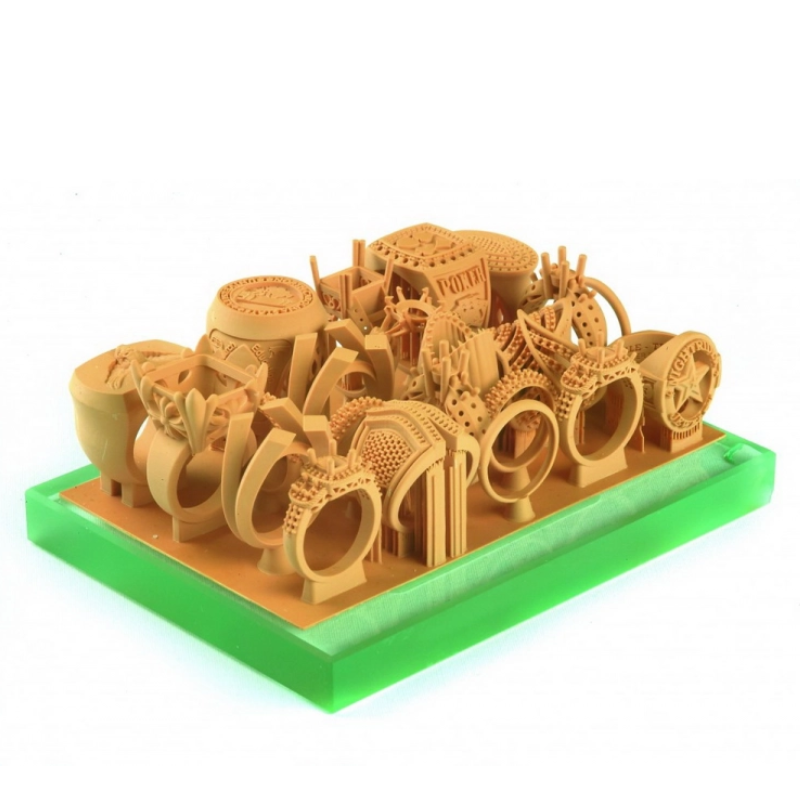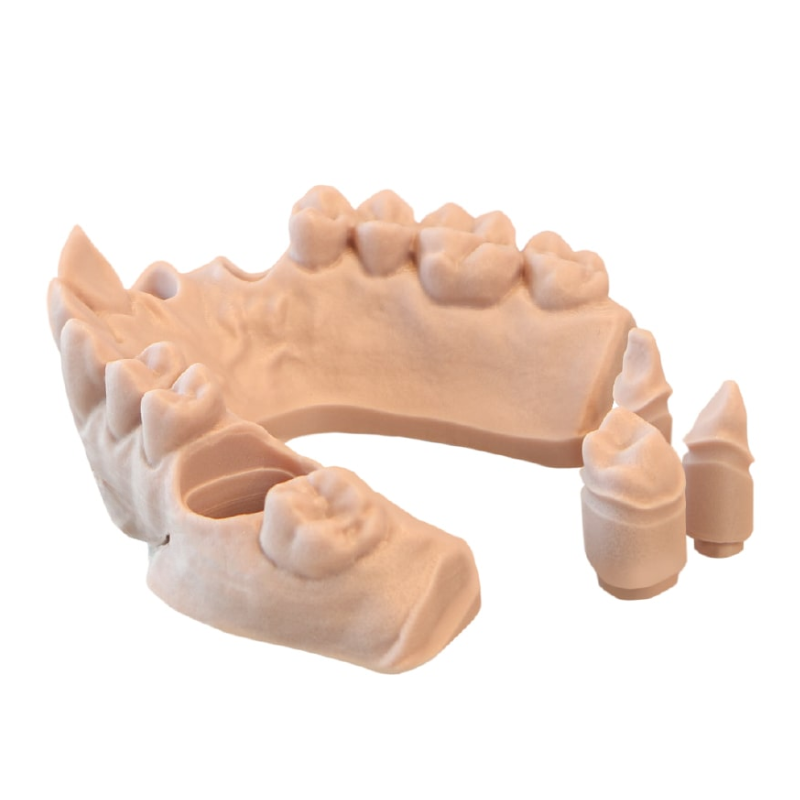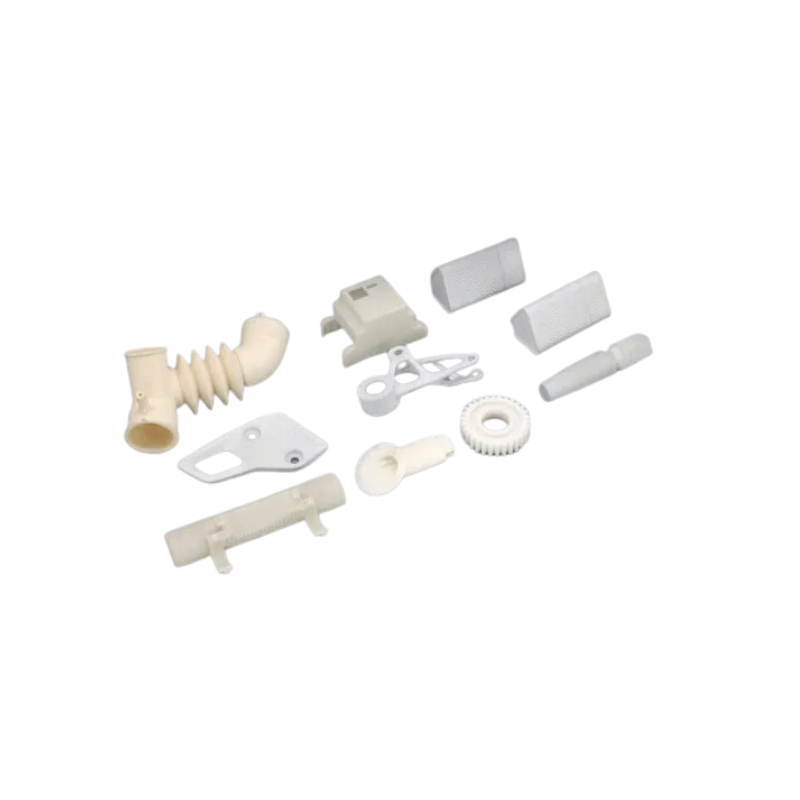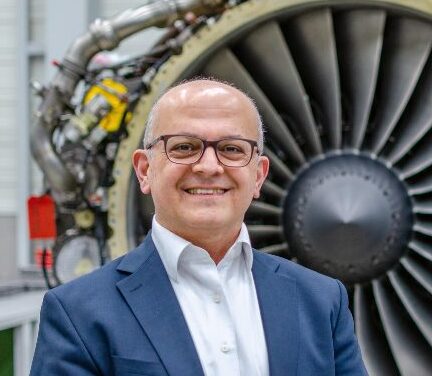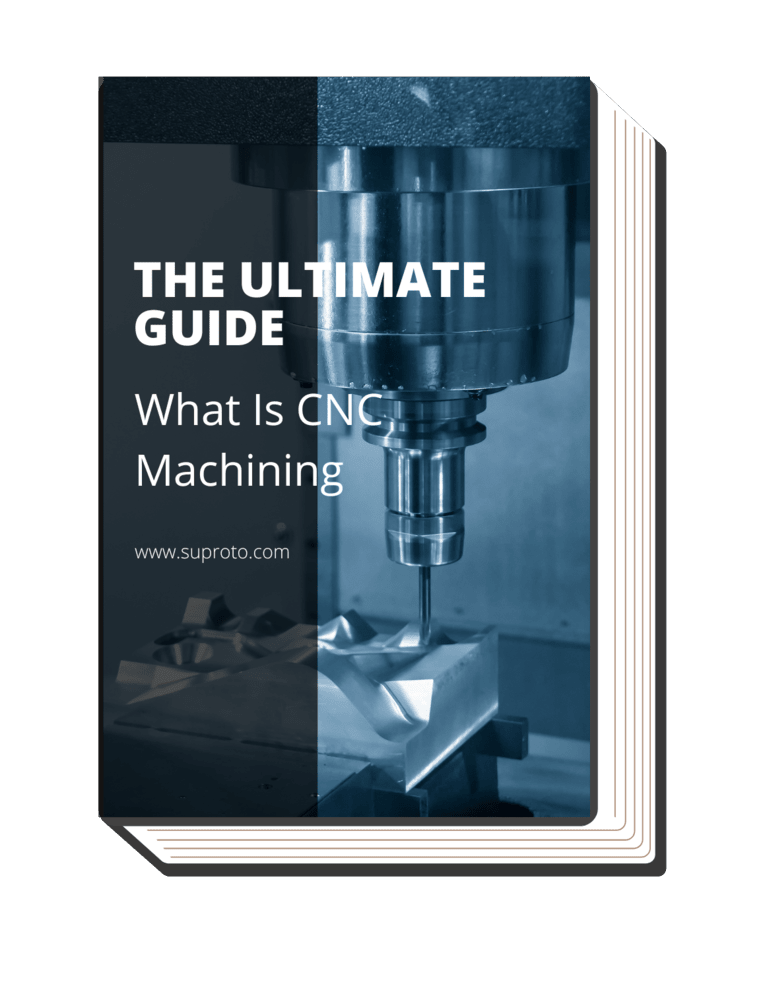#1 Print Quality
The print quality of a DLP 3D printing service is a key factor to consider when choosing a provider. DLP 3D printing technology, which cures a photopolymer resin one layer at a time using a projector, offers exceptional detail and precision. For example, some may offer high-resolution printing while others may not. For this reason, it’s vital to choose a service that ensures the objects are printed with high fidelity.
#2 Service Fee
The affordability of DLP technology has improved over the years, becoming nearly as accessible as Fused Deposition Modeling (FDM). Still, the cost can vary significantly depending on the complexity and size of the project. For example, a simple small object might cost less than a large, intricately designed one. Therefore, it’s crucial to evaluate the overall cost of service when choosing a DLP 3D printing provider.
#3 Material Compatibility
Not all resins work equally well with every DLP 3D printer, which is why material compatibility is another essential consideration. According to TechTarget, compatibility tests are important because they confirm the successful performance of a software application across all platforms, ensuring every customer will have a positive experience no matter what environment they use.
#4 Post-Processing Requirements
Understanding the project’s post-processing needs is critical when choosing a DLP 3D printing service. In my experience, after the printing process, some prints might need to undergo additional steps such as cleaning, curing in a UV light chamber, or post-curing heat treatment.
#5 Expertise
Lastly, consider the level of expertise and experience of the DLP 3D printing service provider. Having a knowledgeable team that guides throughout the entire process, from design to post-processing, is invaluable. Suproto has a solid track record in handling a wide array of projects, as we know that this usually indicates a high level of competence and reliability.


